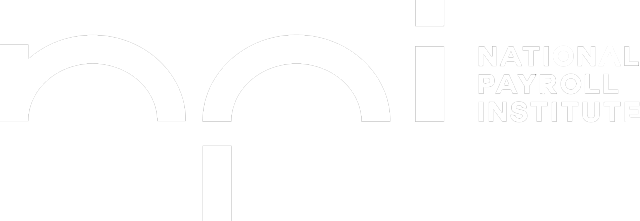
It doesn’t matter if you are going through the year end process for the first or tenth time. Its always important to understand and master all the tasks to ensure a smooth year. With preparation, it is possible to remain calm during year-end.
Understanding the year-end
Entrepreneurs find year-end payroll stressful and often hectic. To close the current year, you need to prepare numerous documents and meet all governmental requirements.
You must verify all wages received by your employees and send them to the government. For your employees to file their income tax returns, you must prepare certain documents.
You are required to close your current payroll year during the year-end period. However, you should also prepare for the next one which is just a few weeks away. It is important to plan around different deadlines and ensure that your source deduction calculations accurately reflect the government’s requirements. You could face penalties if you make an error.
Understand your obligations and follow these tips to make the year-end as painless as possible.
Creating income tax slips
Year-end in payroll refers to income tax slips. You must produce and remit T4As and T4As for employees by February 28. Although there are many distribution options available, online remittance is gradually replacing the traditional methods. Online tax slip access is convenient for you and your employees as it makes it easy to always have a digital copy of the documents.
Tax slip accuracy is important as mistakes could result in penalties or fees. It is vital to keep your employee files current.
You must also send your documents to government. This includes producing and transmitting employee tax slips and data and summary transmission to Canada Revenue Agency (CRA).
Make sure you produce the documents well in advance – no later than February 12. You could be charged for late payment.
Download the Income Tax Package from the CRA for information regarding filing and submitting your T4s.
Validating your payroll processing schedule
You need to verify your new payroll schedule to be sure that it includes the correct number and length of pay periods for the next payroll and the last payroll in the current year.
You should ensure that the payroll processing dates are not in conflict with statutory holidays. If they do, you will need to make the necessary adjustments.
It is also time to revise and validate the contribution rates used for in-house deductions like pension plans, unions, and others.
Checking your remittance frequency
The frequency of remittances is determined by the government levels (federal or provincial). It is usually updated during the year-end period in November and December to be effective in the next year. We invite you to get in touch with the government if you are unsure about the frequency of remittances or have not received any information.
The remitter types determine the federal remittance frequency. Only the government can approve a new frequency for remittances. We recommend you visit the website of the CRA.
Keep up to date
Some tasks are administrative and may seem trivial, but they are important, nonetheless. Start by ensuring that all employee and business information is current. This is vital information.
Make sure, that all employees have a valid Social Insurance Number (SIN), and that their personal information, such as their home address and telephone number is accurate. You must make any address changes before income tax slips are produced.
As much as possible, adjust the following amounts for your employees year-to-date before the end: vacations, bonuses, group insurance amounts, sick leave payments, etc.
You must validate personal income tax credits for the next year and tax reductions during the year-end. You are responsible for updating the employee file with tax credits or reductions that employees may be entitled to before the start of each new year.



